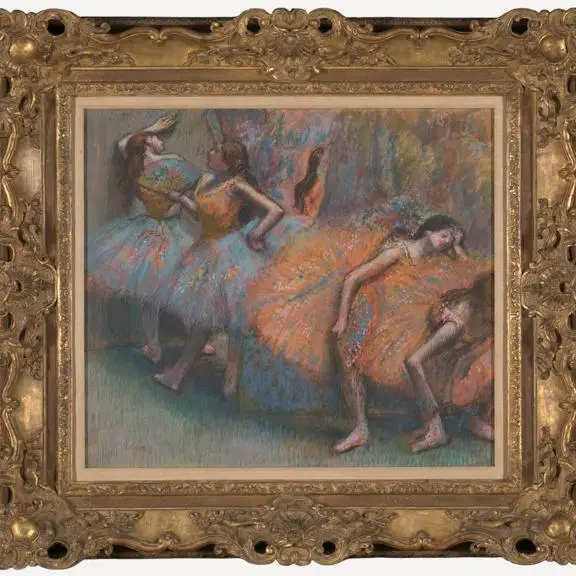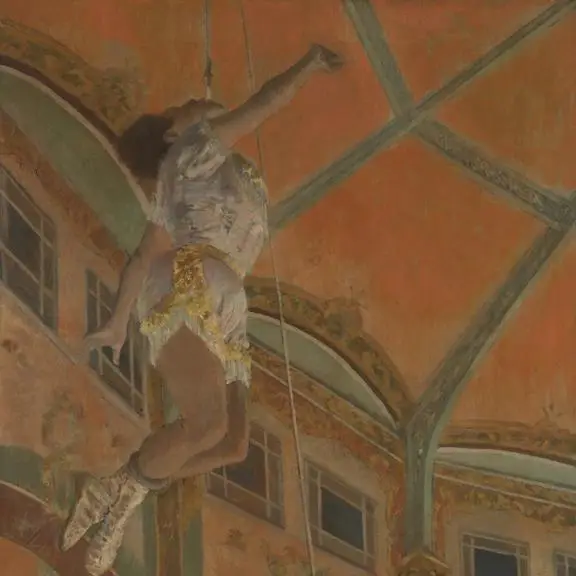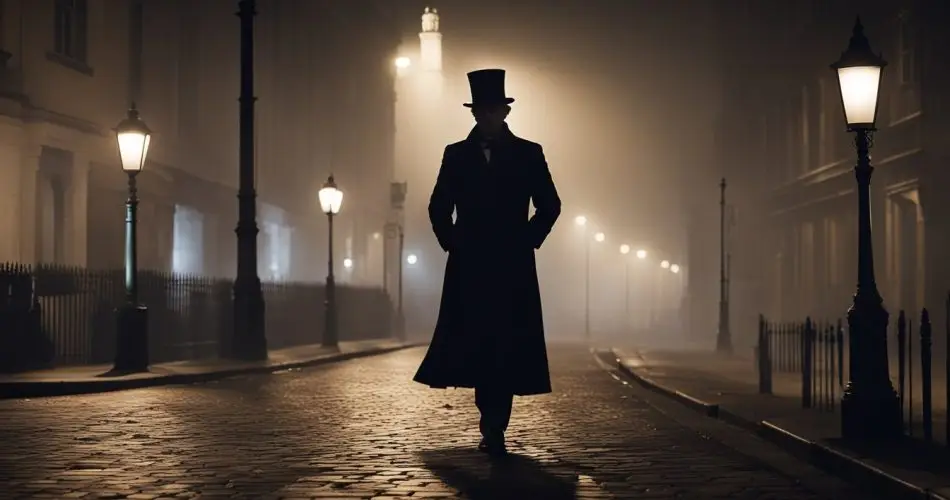One story that can be described as a tragically fascinating piece of history is the story of the renowned French Impressionist painter Edgar Degas and the never-identified serial killer known as Jack the Ripper. For many years, many have speculated the famous French artist may have been the elusive Jack the Ripper, who was identified with at least five murders that occurred in London in the 1800s.
While little is known about Jack the Ripper except for the murders, much is known about Edgar Degas through his paintings, education, letters, and speech. The first stop is an overview of Edgar Degas’s life, incorporating relevant details about the theory that he might be Jack the Ripper.
Edgar Degas: The French Artist
Edgar Degas (1834-1917) was a French artist renowned for his paintings, sculptures, prints, and drawings. He is often associated with the Impressionist movement, though he preferred to be called a realist. Degas was born into a wealthy Parisian family and showed artistic talent from a young age. He studied at the École des Beaux-Arts and later travelled to Italy to study the works of Renaissance masters.

Degas is best known for his depictions of dancers, particularly ballet dancers, making up nearly half of his works. He also painted racehorses, nudes, and scenes from Parisian cafes.
While Degas was a celebrated artist, he was also known for his complex personality. He was often described as moody, anti-Semitic, and misogynistic. He never married and lived a largely solitary life, becoming increasingly reclusive in his later years as his eyesight deteriorated.
Importantly for the theory at hand, Degas was known to have visited London several times throughout his life, including in the 1870s and 1880s. These visits, combined with aspects of his personality and specific themes in his art, have led some to speculate about a possible connection to the Jack the Ripper murders.\
Read Also:
Was Jose Rizal Behind the Jack the Ripper Murders?
Was Walter Sickert Jack the Ripper?
Jack the Ripper: The Serial Killer
Jack the Ripper is the name given to an unidentified serial killer who terrorized the Whitechapel district of London in 1888. The Ripper murders, also known as the Whitechapel murders, typically targeted female prostitutes from the slums. The killer’s signature was the brutal mutilation of his victims, often removing internal organs, suggesting some degree of anatomical knowledge.
Officially, five murders are attributed to Jack the Ripper, known as the “canonical five”: Mary Ann Nichols, Annie Chapman, Elizabeth Stride, Catherine Eddowes, and Mary Jane Kelly. These killings took place between August 31 and November 9, 1888. However, some researchers believe the Ripper may have been responsible for additional murders.
The identity of Jack the Ripper has been the subject of intense speculation and debate for over a century, with many claiming Edgar Degas is Jack the Ripper — popularly known as the Edgar Degas Jack the Ripper theory.
Numerous suspects have been proposed, ranging from Royal family members to famous authors. Over the years, many have speculated that Edgar Degas is Jack the Ripper; we’ll examine some of these speculations and some counterarguments.
The Degas-Ripper Theory
Many people have proposed the theory linking Edgar Degas to Jack the Ripper. Some bases for Edgar Degas Jack the Ripper theory are:
Edgar Degas London Visits
Degas is known to have visited London multiple times, including during the Ripper murders in 1888. In a letter dated 1888, James Whistler asked Edgar Degas why he had not been coming for lunch as usual. This establishes that Edgar could have been in London at any time as he could commute easily.
While this is very easy to believe, it is important to note that there is no concrete evidence placing him in London during the exact dates of the killings. Hence, this remains only a speculation. Additionally, Degas actively worked on numerous artworks in France during the period of the murders, making it unlikely he would have had time for such activities.
Artistic Themes
Some of Degas’ works, particularly his monotypes depicting brothel scenes, showcase a dark and sometimes violent portrayal of women. Also, many of his works were paintings of ballet dancers or ballerinas. Since ballerinas were often associated with prostitution back then, his brothel scene painting begins to form a connection.
According to historical records, wealthy people paid to get access to ballerinas’ dressing rooms backstage and other private activities afterwards. Further solidifying that ballet dancers ventured into prostitution. Now, here’s where the connection is drawn. Most of the women Jack the Ripper murdered worked as prostitutes and were killed shamefully and brutally, suggestive of an individual with brutal intentions.
However, none of the women killed by Jack the Ripper were ballerinas, making it difficult to connect the dots or draw any conclusions.
Misogynistic Tendencies
Degas was known for his often negative views towards women, which some argue could be consistent with The Ripper’s targeting of female victims and cutting them open, although with poor surgical precision. Edgar Degas once referred to women as animals, painting them from unpleasant perspectives, rarely showcasing beauty.

Many, therefore, considered him misogynistic, and his obsession with painting ballerinas of all ages in “ugly” further supports the theory that Edgar Degas could, in fact, be Jack the Ripper. Some may think his weird artwork may have been a reflection of his motivation to murder women.
However, critics of this theory argue that this interpretation of Degas’s artwork is overly simplistic and fails to consider the broader context of his artistic themes. Hence, there is more to it than meets the eye. Edgar Degas could have simply viewed things from a different angle, as is common to many artists.
Edgar Eyesight Issues
Degas suffered from progressive eye problems, which could explain why the Ripper murders stopped abruptly. Edgar Degas complained of his eyesight problems at 19 years old, which got worse a little over 30 years of age. However, according to reports, he could still see and paint by 1891. However, the condition had deteriorated by then, making him seek Dr Edmund Landolt, the founder of Archives d’Ophthalmologie and the French Ophthalmological Society. Since his eyesight problem affected his ability to carry on normally, this event was oddly concise, with Jack the Ripper stopping his serial killing spree in 1888.
However, as with other Edgar Degas Jack the Ripper theories, there is no way to be sure a correlation exists. In fact, eyewitness accounts of Jack the Ripper do not match Degas’ physical appearance or his French accent.
Conclusion
As much as certain facts point to Edgar Degas as the likely fit for Jack the Ripper, all are speculations with nothing concrete to hold onto. So, was Edgar Degas Jack the Ripper? The answer remains a mystery.
